Effects of priority and emerging pollutants on river biofilms
Departamento/Instituto
Universitat de Girona. Institut d'Ecologia Aquàtica
Resumen
L'activitat humana representa una de les majors causes d'entrada d'una gran varietat de substàncies en els ecosistemes fluvials. L'objectiu principal d'aquest treball es investigar els efectes que els tòxics orgànics poden exercir en els biofilms fluvials. El riu Llobregat ha estat sotmès a fortes pressions, fet que l'ha portat a uns nivells molt elevats de contaminació. En aquest estudi s'ha observat una influència dels plaguicides presents al riu en la distribució de la comunitat de diatomees, així com efectes en el biofilm a nivell funcional i estructural. Experiments amb canals experimentals han mostrat que l'herbicida diuron i el bactericida triclosan poden ocasionar una cadena d'efectes en els biofilms, incloent efectes directes i també efectes indirectes en les relacions entre els components del biofilm. Experiments amb cultius algals han mostrat que aquests tòxics, aplicats en barreja, poden tenir una major toxicitat de la prevista pels models, resultant en efectes sinèrgics.
Human activity is responsible for the entrance of many substances to the aquatic environment. The main objective of this study is to investigate the effects of organic toxicants on fluvial biofilms. The river Llobregat has been submitted to urban, industrial and agricultural pressures, and as such is a highly contaminated river. The diatom community was influenced by the presence of pesticides. Effects on both biofilm function and structure were attributed to the pesticides. Laboratory experiments with experimental channels have shown that the herbicide diuron and the bactericide triclosan may cause a chain of effects on biofilms, which include direct effects and indirect effects on the relationship between biofilm components. Experiments with algal cultures have shown that these toxicants, applied in mixtures, can have higher toxicity than the toxicity predicted by models, resulting in synergistic effects.
Palabras clave
Bacteria; Bacterias; Bacteris; Algae; Algas; Algues; Fotosíntesis; Photosynthesis; Fotosíntesi; Pollutants; Contaminantes; Contaminants; Stream ecosystems; Ecosistemas fluviales; Ecosistemes fluvials; Llobregat River; Río Llobregat; Riu Llobregat; Biofilms; Rivers; Ríos; Rius
Materias
574 - Ecología general y biodiversidad
Derechos
ADVERTIMENT. L'accés als continguts d'aquesta tesi doctoral i la seva utilització ha de respectar els drets de la persona autora. Pot ser utilitzada per a consulta o estudi personal, així com en activitats o materials d'investigació i docència en els termes establerts a l'art. 32 del Text Refós de la Llei de Propietat Intel·lectual (RDL 1/1996). Per altres utilitzacions es requereix l'autorització prèvia i expressa de la persona autora. En qualsevol cas, en la utilització dels seus continguts caldrà indicar de forma clara el nom i cognoms de la persona autora i el títol de la tesi doctoral. No s'autoritza la seva reproducció o altres formes d'explotació efectuades amb finalitats de lucre ni la seva comunicació pública des d'un lloc aliè al servei TDX. Tampoc s'autoritza la presentació del seu contingut en una finestra o marc aliè a TDX (framing). Aquesta reserva de drets afecta tant als continguts de la tesi com als seus resums i índexs.


